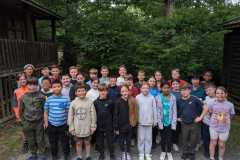



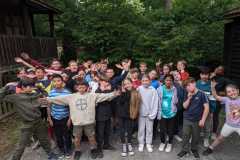
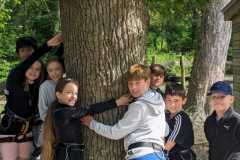
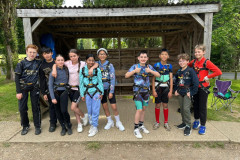
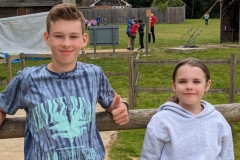
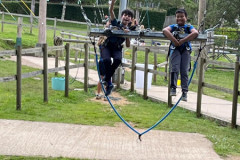
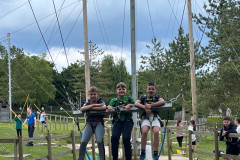
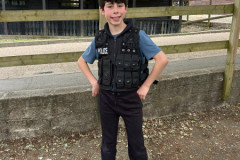
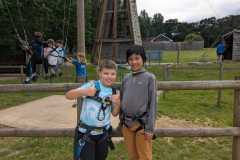
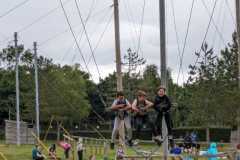
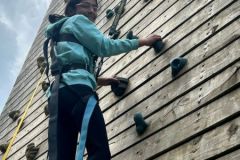
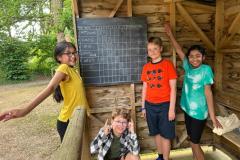

¬ BACK TO MAIN CURRICULUM PAGE
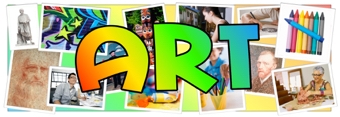

Our Art curriculum enables pupils to better understand and appreciate art as an expression of human innovation, imagination and thought. We look to deliver a high-quality art curriculum which engages, inspires and challenges pupils, equipping them with the knowledge and skills to experiment, invent and succeed when responding creatively.
Our aim at Farnborough Primary School is to provide the children with an art curriculum that is broad, rich, contemporary & diverse. It’s our aim that by the time every child leaves our school they can feel as if they have found an area of the visual arts that is relevant and engaging to them – that might be through drawing, or making, or designing, or talking about art.
Our Art curriculum equips children with the knowledge and skills needed to experiment and be creative. As pupils progress through the school, they should be able to think critically and develop a more rigorous understanding of art and design. We want children to learn from the process of working creatively and become more confident in creating their own works. Our Art curriculum gives pupils an understanding of how art affects and enhances our world and so the work of artists and designers is an integral part of the curriculum and celebrates how individuals, ‘Dream big to make a Difference.’
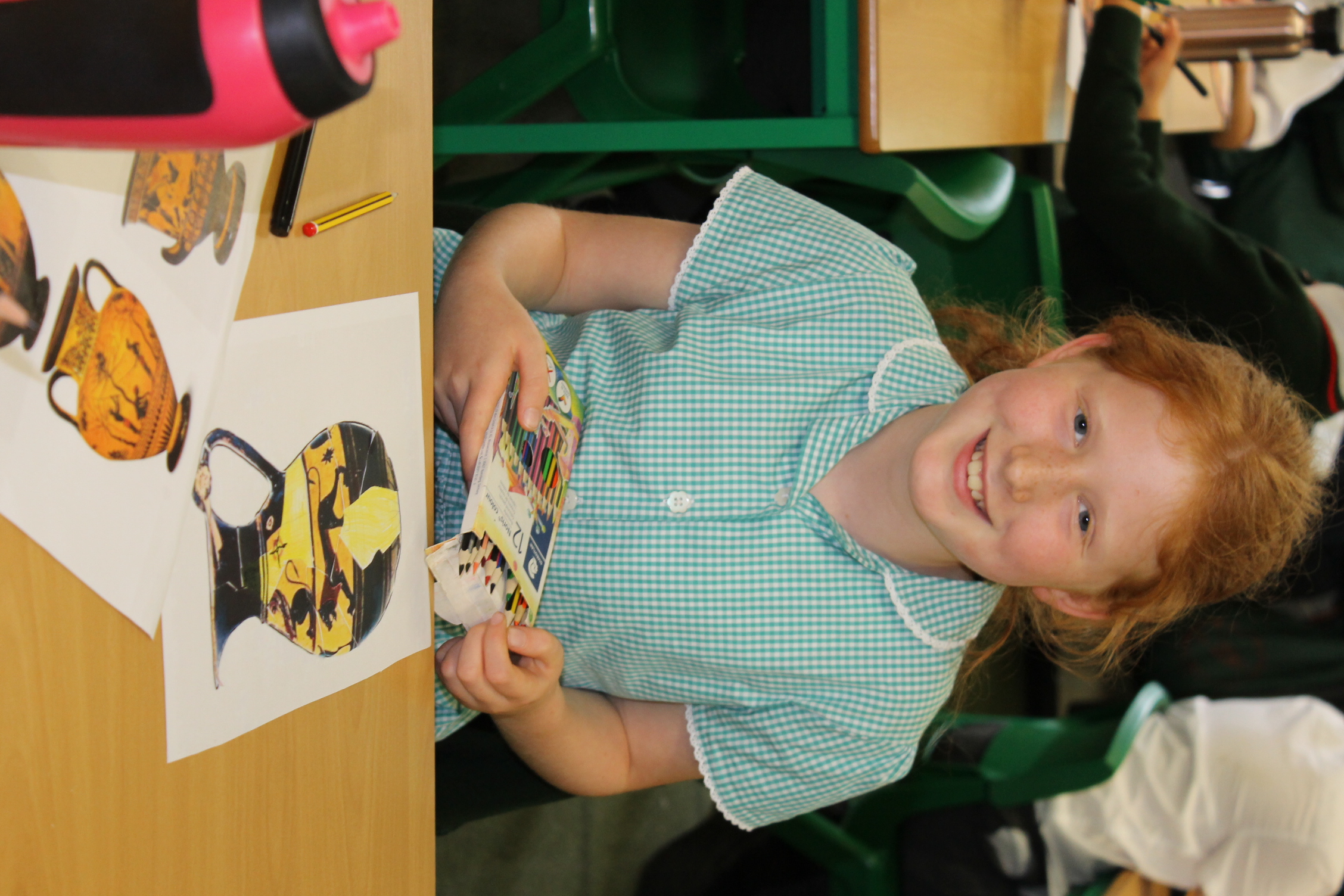
The Art Curriculum content is chosen specifically to enable pupils to build practical, theoretical and evaluation knowledge. Practice in skills, techniques and styles is built into the curriculum enabling pupils to gain ability in those areas. The curriculum content enables pupils to understand the journey of art throughout history and culture, including established and neglected stories of art. The curriculum sequences knowledge components to help pupils work towards more complex outcomes in their creative journey. The progression of knowledge and skills ensures every pupil can draw on the webs of their knowledge and respond creatively, making something which is important to them, to ‘Dream Big’ and succeed in creating something which is valued.
In EYFS, Art is not taught as a specific subject but is a key part of the Expressive Arts and Design area of the curriculum. Children are provided with firsthand opportunities to work purposefully, responding to colours, shapes and materials, enjoying the act of making and creating regularly. As they progress, they become more able to sustain concentration and control when experimenting with tools and materials and explain what they are doing. All these skills help to prepare them for Art in KS1.
Our Art curriculum equips children with the knowledge and skills needed to experiment and be creative. As pupils progress through the school, they should be able to think critically and develop a more rigorous understanding of art and design. We want children to learn from the process of working creatively and become more confident in creating their own works. Our Art curriculum gives pupils an understanding of how art affects and enhances our world and so the work of artists and designers is an integral part of the curriculum and celebrates how individuals, ‘Dream big to make a Difference.’
In EYFS, Art is not taught as a specific subject but is a key part of the Expressive Arts and Design area of the curriculum. Children are provided with firsthand opportunities to work purposefully, responding to colours, shapes and materials, enjoying the act of making and creating regularly. As they progress, they become more able to sustain concentration and control when experimenting with tools and materials and explain what they are doing. All these skills help to prepare them for Art in KS1.
Key Stage 1 and 2
The current national curriculum states that the aims of art and design are to make sure that all pupils:
The core of our Art curriculum is based on the scheme of learning from www.kapowprimary.com Each unit of work builds upon what pupils already know and prepares them for the next stage of learning. This structured and sequenced programme means that as pupils move through the Art curriculum they know more and remember more and are therefore able to do more with their skills and knowledge. In addition, and if relevant to the art curriculum is supplemented with lessons from www.accessart.org.uk and major gallery websites. Art is integrated into other subject areas to enrich the curriculum. In delivering the Art curriculum, we want children to know about the leading artists, architects and designers in history and so looking at artwork is an integral part of the learning. Where possible we try to use art that is currently on show in galleries in London so that the children can go and see the original work.
The measure of this is to ensure that as children progress, they should be able to think critically and develop a more informed understanding of art and design, but also they have experienced and enjoyed an arts-rich primary education to foster creativity and be inspired to continue an interest in the arts as they move to Key Stage 3.
Please click on the links below for more: